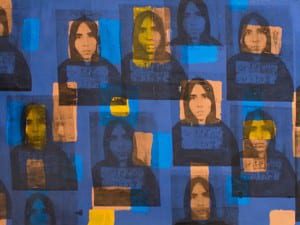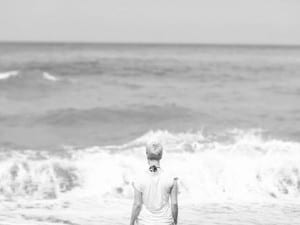The Wellcome Collection, a new £30m public venue from the Wellcome Trust, opened in June 2007 at 183 Euston Road, London. It was the first venue of its kind in the UK and explored the connections between medicine, life and art, providing radical insights into well being and the human condition and forms a significant cultural landmark for London and the country.
The first major exhibition is The Heart, which explores the medical and cultural significance of the body’s most precious organ, featuring exhibits from the Egyptian Book of the Dead, Leonardo da Vinci and Andy Warhol, through to live heart surgery. Wellcome Collection (www.wellcomecollection.org) will use contemporary and experimental techniques to challenge and inspire visitors to consider issues of science, health and human identity through the ages. Wellcome Collection is targeted at all those over 14 years of age and entry will be free.
The nine-storey building will house at least 1,500 exhibits in temporary and permanent exhibitions across three galleries totalling 1,350m2. Medicine Man and Medicine Now will occupy the two permanent galleries and The Heart will be the first temporary exhibition. Wellcome Collection also includes the world famous Wellcome Library, a café, events space, bookshop, members’ club and conference centre.
The Wellcome Library, Europe’s largest resource for the study of history of medicine, re-opened in its new home as part of Wellcome Collection in April 2007. Popular author Sebastian Faulks, launched the new and vastly enhanced library, which houses over 2.5 million items spanning 3,000 years.
The collections of the Wellcome Library include — 60,000 volumes of medical and scientific literature, a film and audio collection of 2,500 titles, a rare books collection of 70,000 volumes, 600 archival collections, and more than 100,000 paintings, prints and photographs. Artefacts range from the Nuremburg Chronicle (1943), a book depicting the history of the world containing 800 woodcut illustrations, to the horn of an Arctic whale nearly 8 foot long. The entire material of the collection amounts to over 11 miles, which is the equivalent to 187 times the height of Big Ben.
Uncover — a virtual library — will be unveiled in June 2007. Uncover is a dazzling touch screen installation which will allow browsers to explore the Wellcome Library’s collections “virtually” — to create their own “exhibition”; go on a “tour” of the collections; magnify, rotate and examine items; hear Library staff describe the significance of the item; send comments back to the Library and send images to others.
“The Wellcome Library is utterly unique,” says Frances Norton, Head of the Wellcome Library. “The collections, although ostensibly medical, cover the breadth of social, psychological, political and scientific history, across all cultures. They speak eloquently to us as people, about our own experience of health and disease, as well as providing evidence of the progress of medicine over time. The return to Henry Wellcome’s intended location on Euston Road comes at a significant time, as we prepare for the opening of Wellcome Collection and embark on a programme of digitisation of the collections.”
A significant part of the redevelopment is a state of the art conservation studio, which will occupy the fourth floor of the building. The Wellcome Trust Medical Photographic Library will also re-launch as “Wellcome Images” – a digital image collection of 200,000 images depicting medical and social history as well as contemporary healthcare and biomedical science. Images will be available on demand in digital form and will be released under a Creative Commons licence for non-commercial use.
Spanning six centuries, exhibits range from the bizarre to the beautiful, the ancient to the futuristic. All are linked to wellbeing or identity and combine to form a new approach to engaging the public in medical science and human health. From the macabre to the joyful, the Wellcome Collection allows visitors to see objects as disparate as a used guillotine blade from the French Revolution and a giant jelly baby.
Carole Smith





